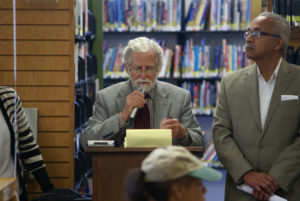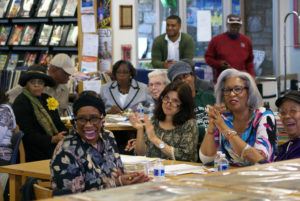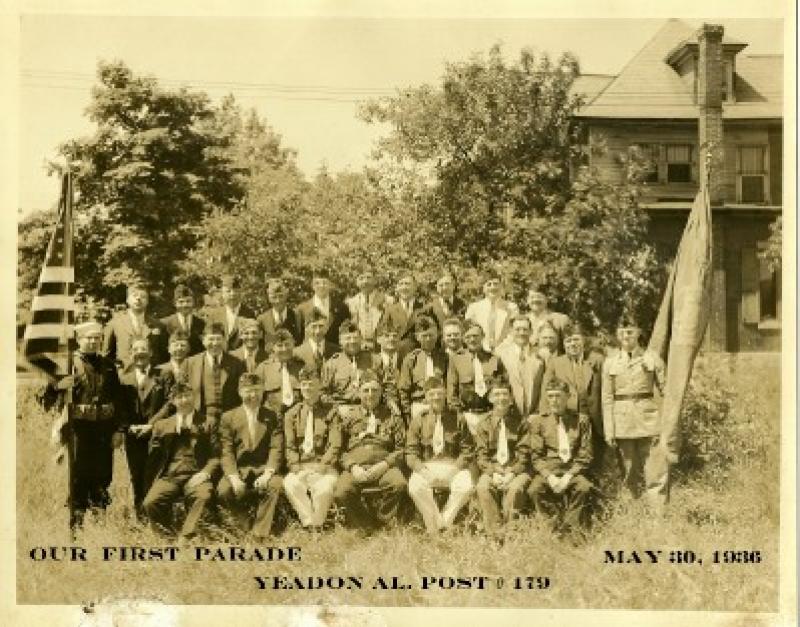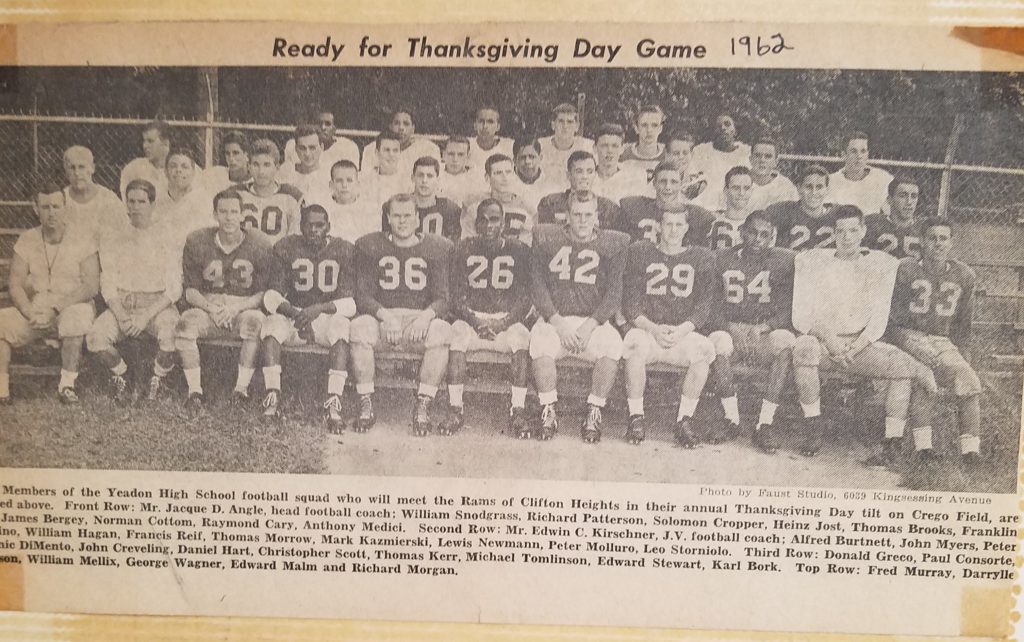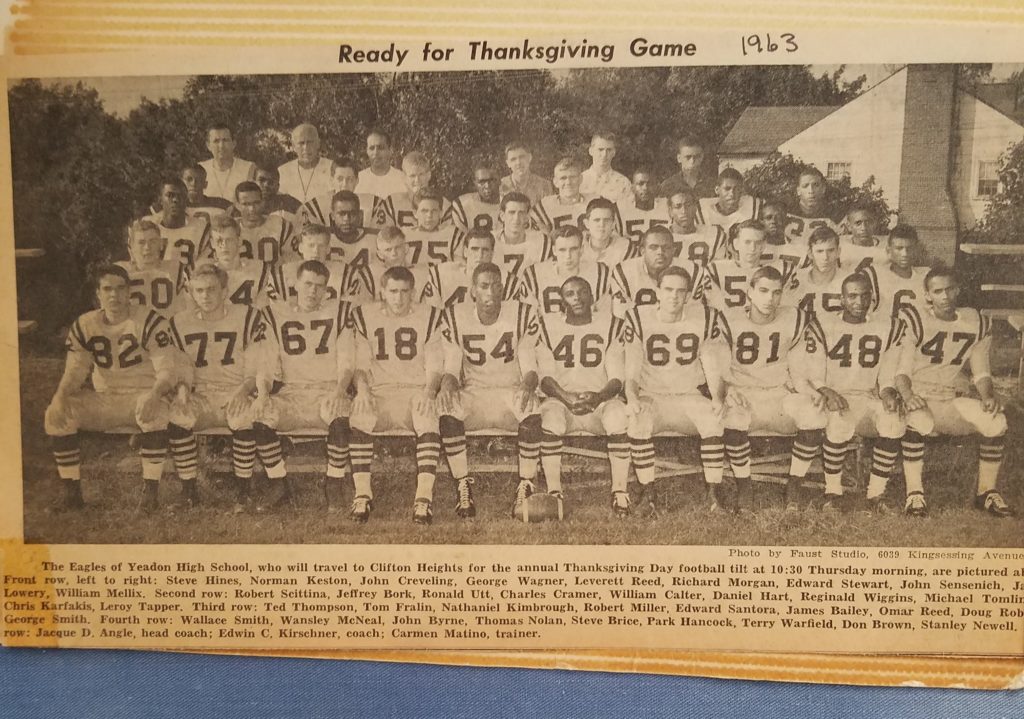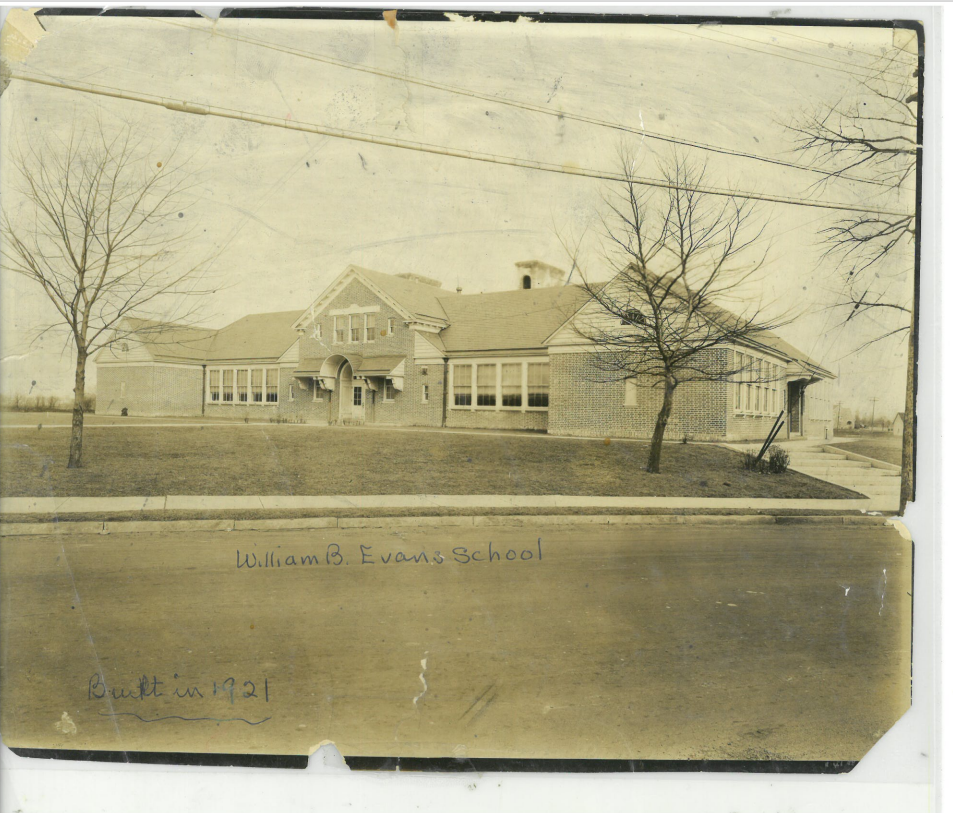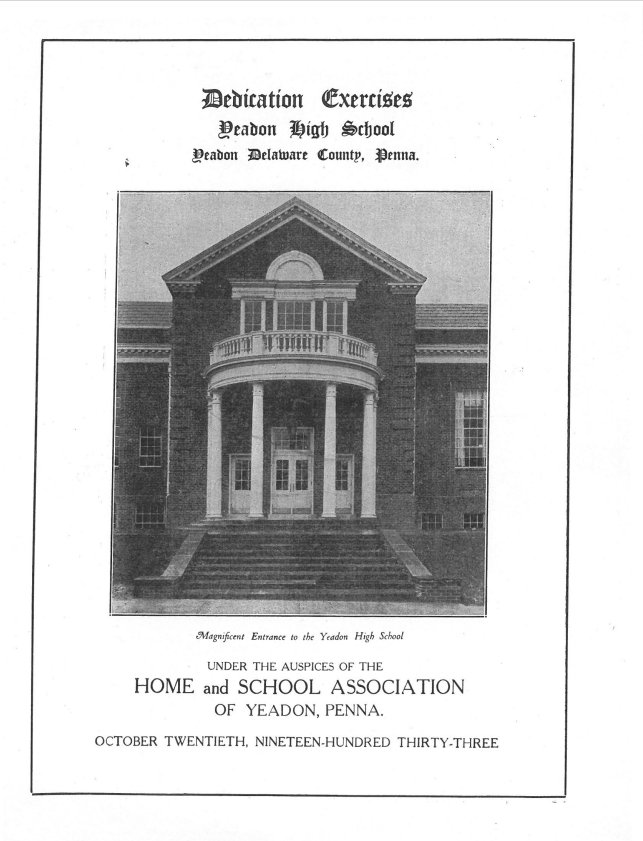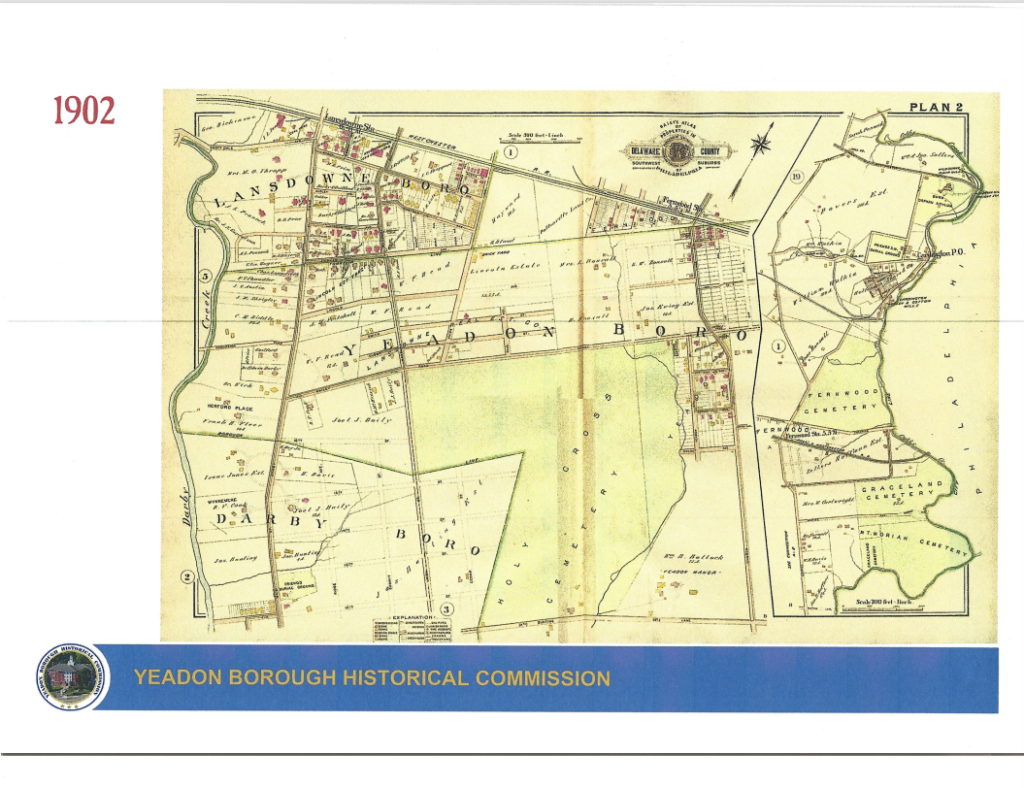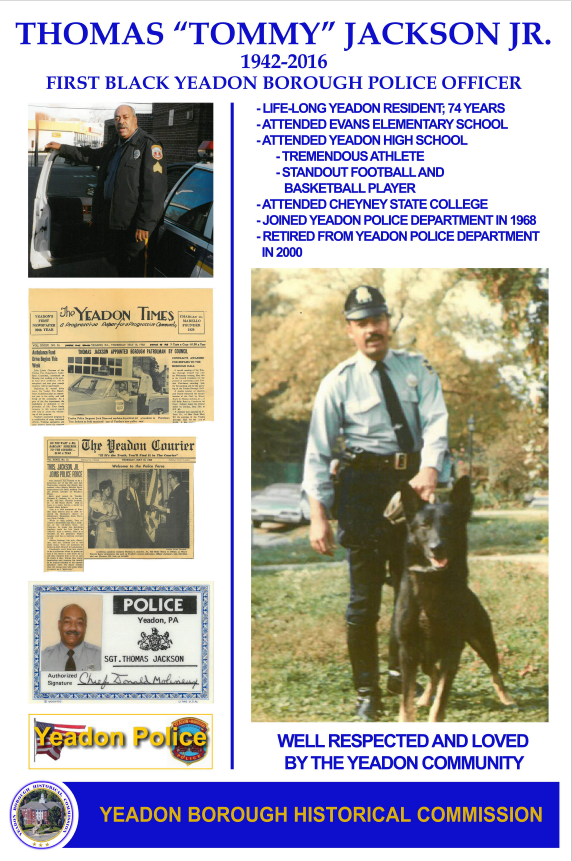History
Lenni Lenape were the original inhabitants of the area that became Delaware County. In the early seventeenth century, Swedish farmers settled in the area, while Dutch trappers came to trade pelts. Later in that century, William Penn (1644-1718) gained control of the area as part of a land grant from the English king who was indebted to his father Sir William Penn. Arriving in the new territory in 1682, Penn initially made the existing Swedish settlement of Upland his “shire town,” renaming it Chester after a county in England. Only when an established landowner there refused to sell him enough property for the town to expand did Penn turn north to locate his provincial capital, Philadelphia, twelve miles up the Delaware River.
William Penn encouraged the formation of self-governing communities in his new territory. The earliest townships became incorporated well before Delaware County separated from Chester County, some even before 1700. Penn’s followers named their settlements after the places in England that they left behind or adopted Biblical or descriptive names. In Delaware County, these included Darby, Swarthmore, Ridley, and Lansdowne as well as Middletown, Bethel, and Concord. *Yeadon was a part of Darby Township until 1893.
Settlement
On the east of Darby Creek, at the Upper Darby line, on Sept. 10, 1682, was surveyed to Thomas Worth two hundred and fifty acres, which he had purchased prior to leaving England. He was a man of superior education for that day, and was a member of the Provincial Assembly in 1697. He lived to an advanced age, dying in 1731. Below Worth’s plantation, John Blunston, on Aug. 10, 1682, acquired three hundred and fifty acres of land, and he is said to have given the name of Darby to the settlement, in remembrance of his old home in England. The fact that the mill-race was cut through his land, and after John Bethel purchased the Darby mills, the right to use this mill-race was conveyed by Blunston, seems to indicate that he was the first person who operated the mills there. The tract of two hundred and twenty-two acres bounded on the east by Cobb’s Creek, and to the west by Church Lane, was taken up by Samuel Bradshaw Aug. 10, 1682, the date of the early surveys to Penn’s adherents, many of whom, it is said, accompanied the proprietary in the “Welcome,” and located in the neighborhood of Darby. He emigrated from Oxton, County Nottingham, and the estate passed to Thomas Bradshaw, March 5, 1697/8, who, it is thought, was a brother of Samuel. To the south of Bradshaw’s and partly of John Blunston’s tracts was a plot of fifty acres, bounded on the east by Cobb’s Creek, and on the west by Blunston’s Run, which was surveyed, Nov. 10, 1682, to William Smith, and to the west of the Smith land, in irregular lines, were one hundred acres patented to Peter Erickson, Nov. 30, 1681, the Matthew Baird estate is partly located on this tract. The property was subsequently absorbed, May 29, 1685, into the large plantation of Joseph Wood, on which the village of Darby was originally laid out.
Tax Assessment
In the foregoing list the residents of Darby and Upper Darby were assessed as of one township. In the following, which is the assessment for the year 1799, Lower Darby township, including the present borough, is alone given:
Samuel Ash (innkeeper), John Ash, Matthew Ash, John Atmore (cooper), James Andrews, Abigail Ash, Joanna Bare, Margaret Boon, Joseph Boon, Moses Bonsall, Margaret Bonsall, Jonathan Bonsall, Levi Ronsall (blacksmith), Edward Bonsall, Isaac Brooks (mason), John Brooks, Josiah Bunting, Samuel Bunting, Benjamin Bartram, William Bright, Joseph Crawford, John & Joseph Ball (Upper Darby), Robert Calvin (Ridley), Benjamin Elliot & John Moore, Israel Elliot (justice of the peace), Enos Eldridge (grazier), John Foreman, Jacob Gibbons (grazier), John Gruber, Thomas Hall (Ridley), Jonathan Heacock, William Hansell (blacksmith), Ann Humphrey, John Hunt (grazier), John Horne, Edward Horne (retailer of spirits), William Horne, Thomas Horne, Isaac Horne, John Humphrey, Rebecca Humphrey, Joseph Heacock (mason), John Hibberd (Upper Darby), Israel Helen, Matthias Holston (carpenter), Job Helms, Matthew Jones, John Jones (pump-maker), James Knowles (Ridley), John Knowles (Ridley), Hugh Lloyd, Esq. (judge and grazier), Richard Lloyd (miller), Moses Lincorn, Thomas Leacock, Samuel Levis, Joseph Merrion, James McClees,John Marshall, Nathaniel Newlin, John Noblett (shoemaker), Mary Oliver (shop-keeper), George Ormsbury (shoemaker), Aaron Oaklord, Isaac Oakford (fuller), Benjamin Oakford (tanner and justice of the peace), Nathan Pearson (joiner), Lydia Pearson, Jonathan Pearson (tailor), Benjamin Paschall (Kingsessing), Joseph Pearson (Ridley), Charles Palmer (shoemaker), John Pearson (tanner), John Palmer, Aaron Palmer, Sarah Periguer, John Pharis, Uriah Rowe (shoemaker), Daniel Rice, George Rudolph, John Rudolph, Joseph Rudolph, John Rively (shop-keeper), Frederick Rively (weaver), Thomas A. Richards, George Swayne, Samuel Shaw (weaver), Stephen Sicard (Philadelphia), Nathaniel Smith, Doyle Swayne (Philadelphia), Thomas Simmons (carpenter), Joseph Shallcross (physician), William Wright, Jesse Sharpless (Philadelphia), Elizabeth Smith (inn-keeper), Jacob Sewell, Ann Mifflin, Isaac Sullender (tailor), John Tryter, David Treanor, Robert Thomas (Upper Darby), Samuel Urian, Israel Urian, Hiram Walton (miller for Caleb Phipps), William Wood (estate of Joseph Wood), Henry Wood (joiner), Robert Wilson, William Gardner (physician), Jonathan Tyson (wheelmaker).
First School Building
On the 17th of September, 1811, John Lake, who owned real estate on Church Lane, in the northeast section of Darby township, sold nine square perches of land to Aaron Palmer, Caleb Davis, Benjamin Bonsall, Moses Palmer, Charles Palmer, Gavin Hamilton, Jacob Nitzit, Mary Palmer, Moses Bonsall, Enoch Bonsall, and others, for the purpose of erecting a school-house thereon. Several of the persons here mentioned, and others who subscribed for the purpose of building the school-house, were residents of Upper Darby township, and of the city and county of Philadelphia. The following are the names of those who subscribed and the amounts given:
| Aaron Palmer $20 | Mary Palmer $10 |
| Caleb Davis 10 | Moses Bonsall 10 |
| Moses Palmer 20 | Enoch Bonsall 8 |
| Benjamin Bonsall 20 | William Bonsall 5 |
| Charles Palmer 20 | David Sellers 5 |
| Gavin Hamilton 10 | Nathan Sellers 5 |
| Jacob Nitzet 10 | Samuel Palmer 5 |
| Abram Lewis 5 | Isaac Palmer 5 |
| John Lewis 5 | Isaac Earl 1 |
| Enoch Bonsall, Jr. 3 | Jonathan Bonsall 1 |
| James Bonsall 3 | Joshua Bonsall 10 |
| John Moore 2 | John Lake 20 |
| Abram Simcox 1 | Samuel Bonsall 5 |
The amount subscribed aggregated two hundred and nineteen dollars. A one-story stone house was erected on the site, and is still in use, having been enlarged and improved about twelve years ago. This is known as the Palmer or Northern School.
The following is the list of school directors, as found of record at Media:
1840, Thomas Smith, Griffith Holgate; 1842, Samuel Urian, Philip Sipler; 1843, John G. Palmer, Robert P. Ash; 1844, Joshua A. Pearson, Davis Richards; 1845, Edmund Taylor, James Andrews; 1846, John G. Palmer, Robert P. Ash; 1847, William Russell, Jr., Ansley Newlin; 1848, Amos Morris, Charles A. Litzenburg; 1849, John G. Palmer, William Jones; 1850, William D. H. Serrill, William Russell; 1851, Amos Morris, Charles A. Litzenburg; 1852, Thomas M. Fisher, William Jones; 1853, William Russell, W. D. H. Sewell; 1854, Joseph C. Bonsall, William Gardner, Jacob Rice; 1855, James Eachus, John Otty; 1856, Edwin Urian, Jacob Rice; 1857, Joseph C. Bonsall, George Horne; 1858, David Taylor, John Otly; 1859, Edwin Urian, George S. Patchel; 1860, Joseph C. Bonsall, George Swayne; 1861, John Otly, Jacob Rice; 1862, George Swayne, David Taylor; 1863, Frank P. Boyer, Moses Bonsall; 1864, Edward Urian, Richard R. Thatcher; 1865, M. F. Longstreth, John W. Marshall; 1866, Moses Bonsall, Franklin J. Boyer; 1867, Edwin Urian, Moses Lincoln; 1868, Dr. Jacob Boon, Dr. M. F. Longstreth; 1869, Franklin P. Boyer, Moses Bonsall; 1870, Edwin Urian, Richard Thatcher, 1871, M. F. Longstreth, Benjamin F. Horne; 1872, Moses Bonsall, William H. Harrison; 1873, Jacob Lincoln, John Marshall; 1874, F. J. Boyer, M. F. Longstreth; 1875, Moses Bonsall, Charles W. Keithler; 1876, William H. Harrison, M. M. Shaw; 1877, M. Fisher Longstreth, G. A. Hazlett; 1878, Jacob Lincoln, Joshua Kirk; 1879, Joshua P. Kirk, John Marshall; 1880, Davis Yarnall, M. Fisher Longstreth; 1881, Davis Yarnall, Charles T. Brooks; 1882, Israel Helms, Frank P. Lewis; 1883, Joshua P, Kirk, Albert B. Earle; 1884, Charles T. Brooks, Charles H. Scott.
Yeadon Borough Then & Now
William B Evans School Then
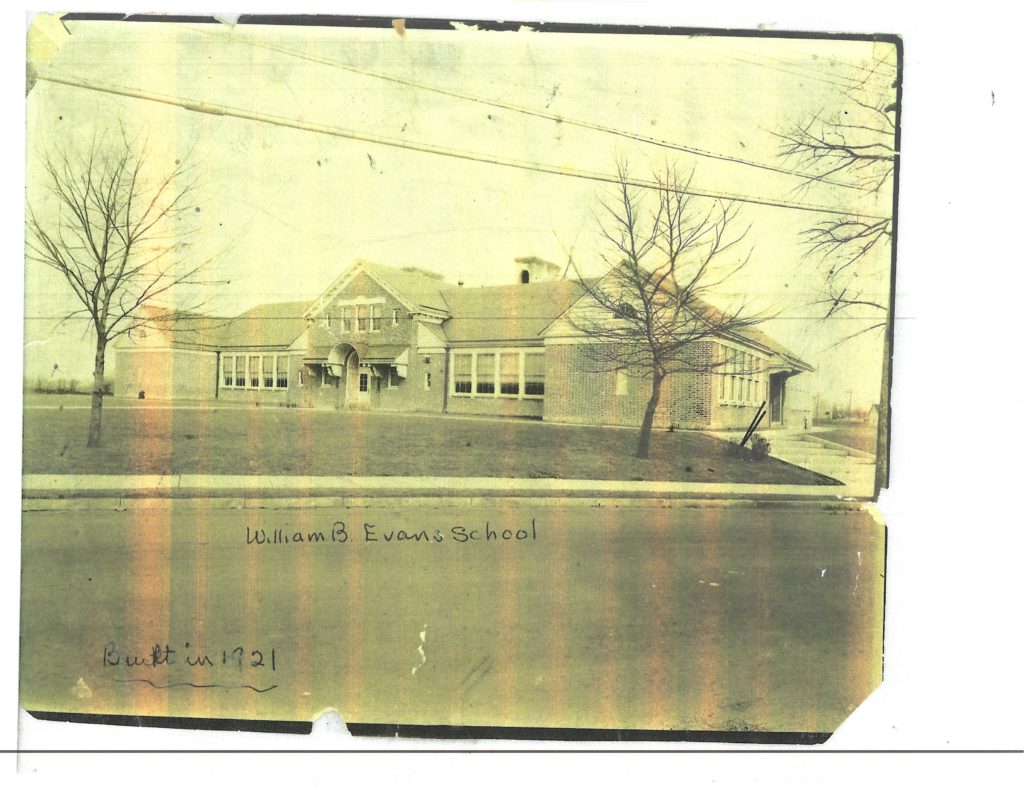
Train Station Then
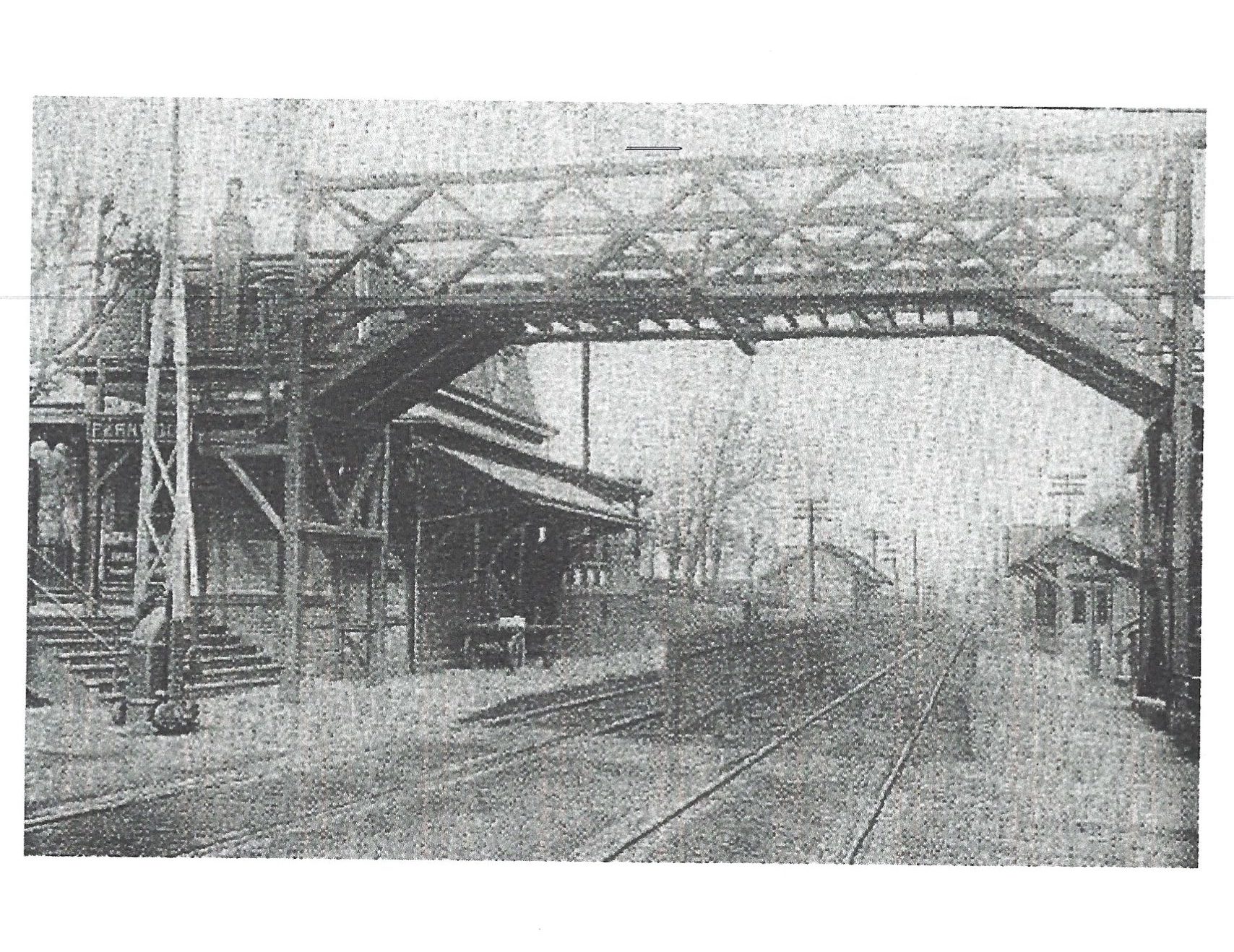
Movie Theater Then
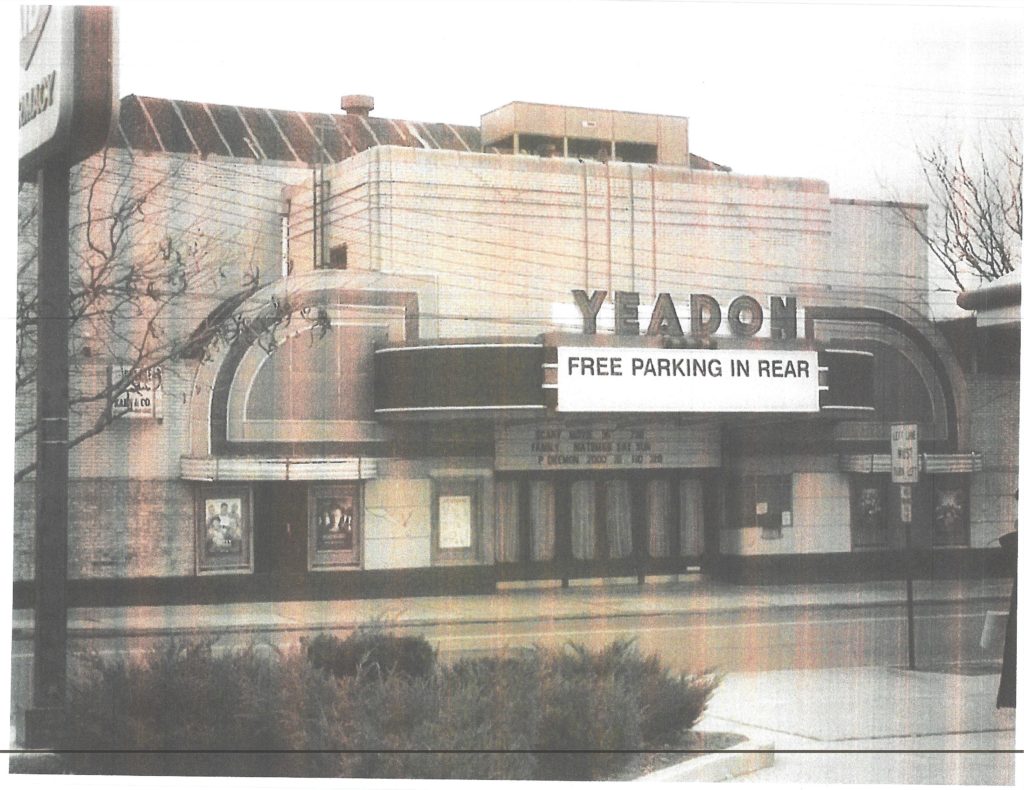
Yeadon Borough Football Field 1939
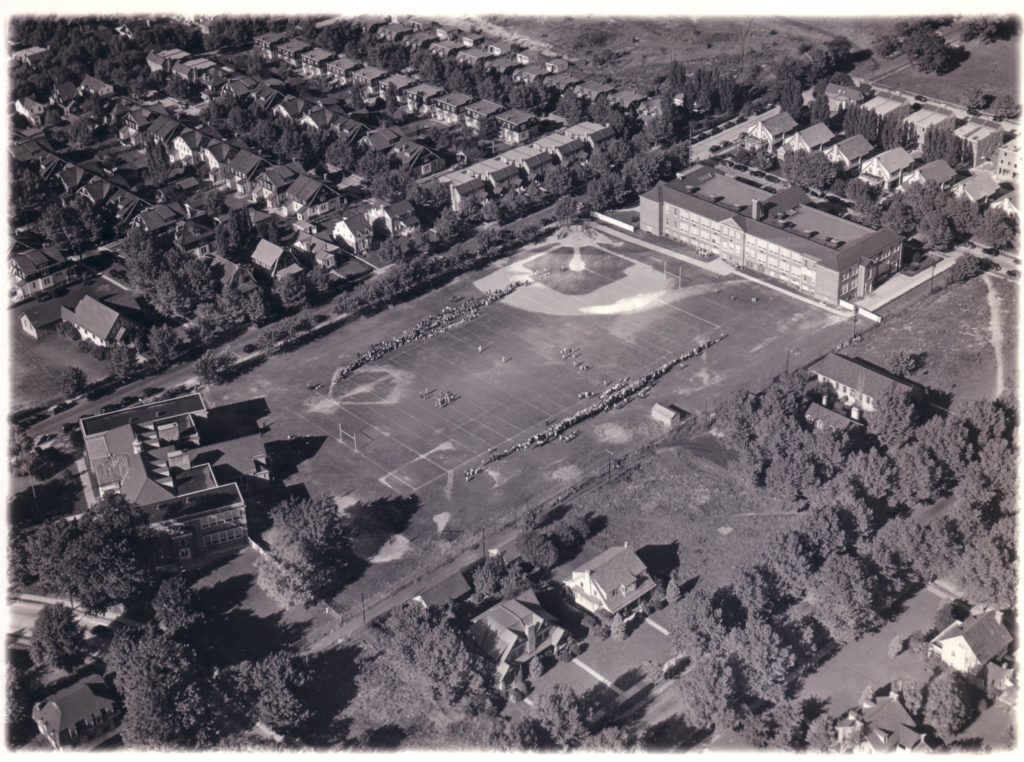
William B. Evans School in 2022
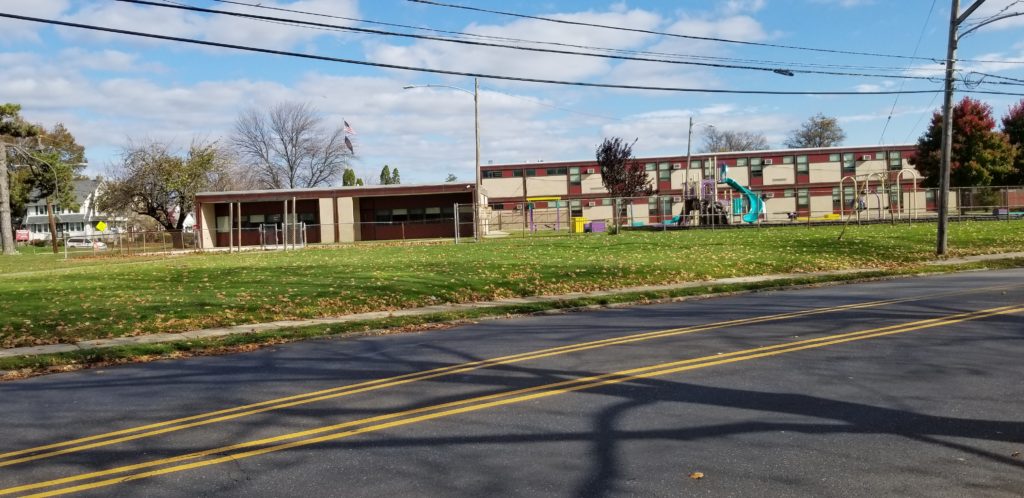
Train Station in 2022
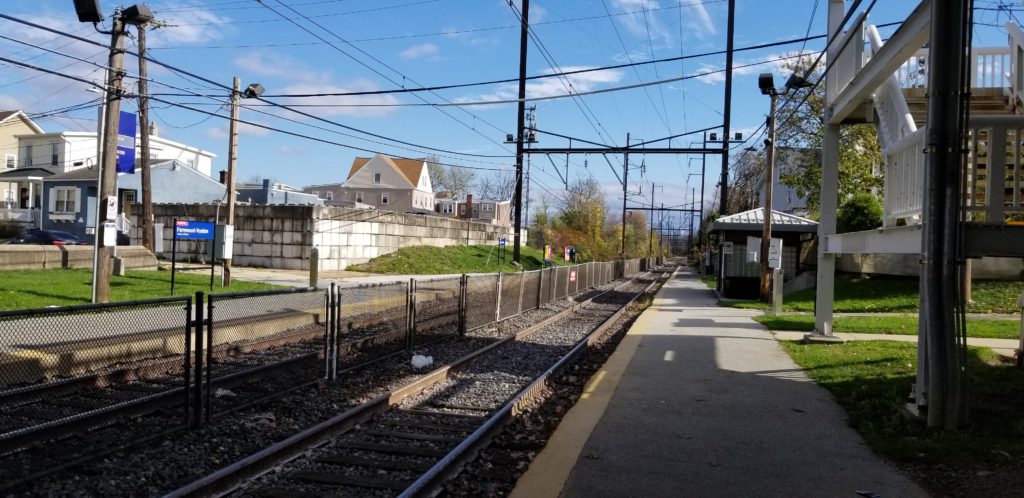
Movie Theater in 2022
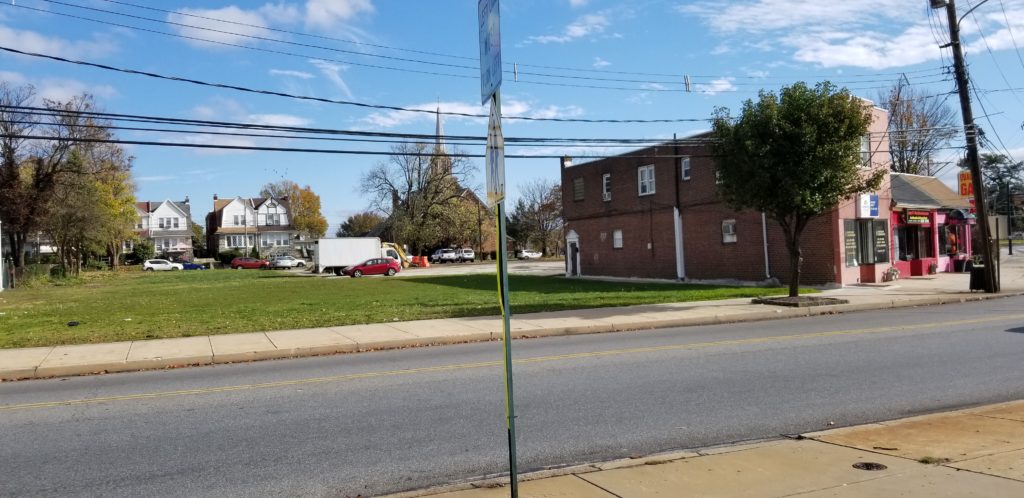
Yeadon Borough Football Field 2023
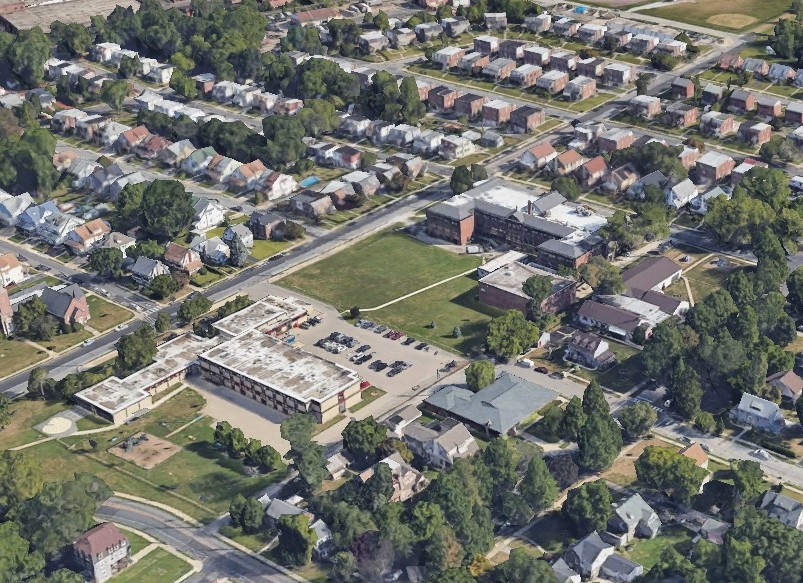
Gallery
Click to view larger.
